
✔ Jagdishpur Reservoir is a fantastic destination to explore a habitat of numerous birds and fish globally. It is in Jahadi Village, Kapilvastu District, Lumbini Province, Nepal.
It is believed that the Jagdishpur Reservoir was named after Jagadish Jha, the designer and supervisor of the Banaganga Dam.
Location of Jagdishpur Reservoir on Google Map
| Feature | Information |
| Location | ✔ Jahadi, Kapilvastu District, Nepal |
| Lake type | ✔ Reservoir |
| Coordinates | ✔ 27°35′00″N 83°05′00″E |
| Primary inflows | ✔ Banganga River |
| Primary outflows | ✔ Banganga River |
| Catchment zone | ✔ Sivalik Hills |
| Managing agency | ✔ Department of Irrigation and District Forest Office |
| Identified As | ✔ Ramsar List of Wetlands of International Importance |
| Maximum length | ✔ 1.6 km (1 mi) |
| Maximum width | ✔ 1.4 km (1 mi) |
| Surface Area | ✔ 225 ha (556 acres) |
| Designated Date | ✔ 13 August 2003 |
| Species of Birds | 295 |
| Species of Fish | 18 |
✔ It is the largest reservoir in Nepal, consisting of a surface area of 225 ha (2.25 km²). It is a significant wetland site at 197 m (646 ft) above sea level.
✔ The highest water depth is 2 m (6.6 ft) in the dry season, which rises to 7 m (23 ft) during the monsoon season.

✔ The Ramsar Convention has listed the Reservoir as one of the Wetlands of International Importance because of its ecological importance.
The Reservoir was announced as a Ramsar site in 2003.
✔ It was created in the 1970s to provide water to crops.
✔ During our visit, we found that around 50+ national & international tourists were roaming around the lake.
It has also become the best place for Photographers to capture several bird species.
This lake is much bigger than we thought.
✔ Due to high sedimentation rate, the lifespan of the reservoir reduces in the absence of a desiltation tank (DNPWC and IUCN 2003).
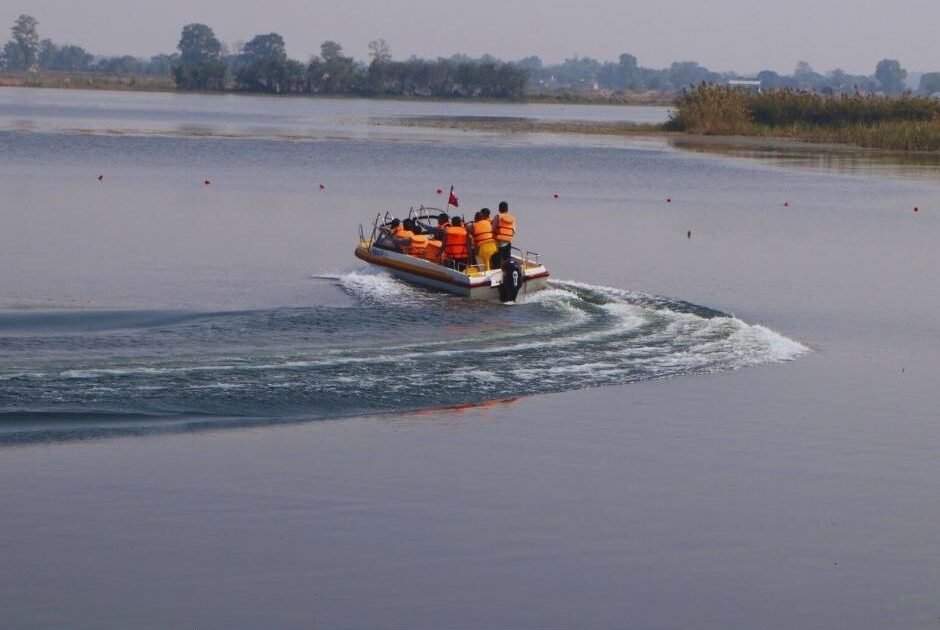
Vegetations
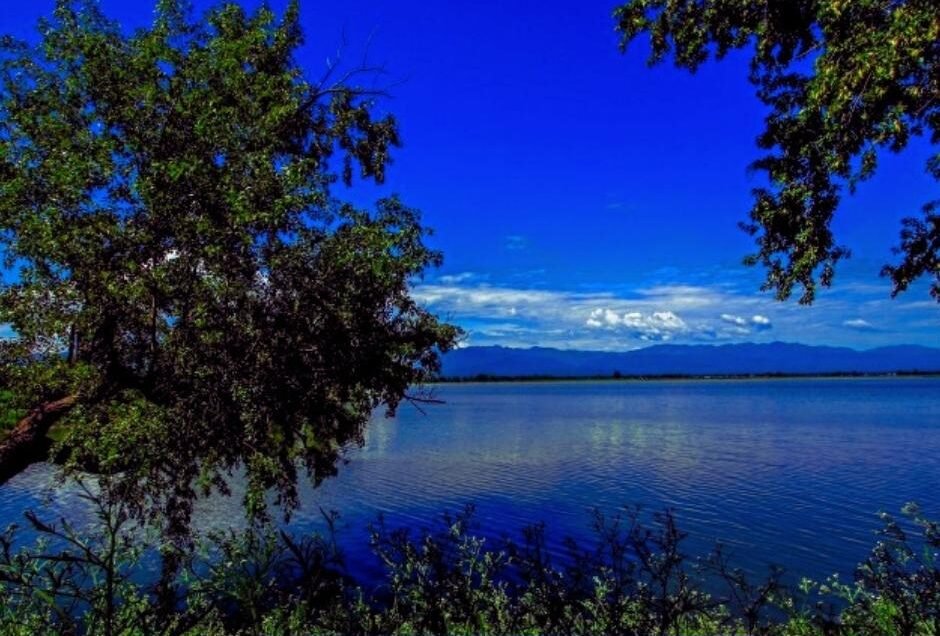
✔ Jagadishpur Reservoir is a home of several endangered plants like the Serpentine (Rauvolfia serpentine), Pondweed (Potamogeton lucens) and Lotus (Nelumbo nucifera).
| Read About : Tilaurakot |
Biodiversity & Fauna
✔ This reservoir is surrounded by two small lakes, i.e., Sagarhawa and Niglihawa, which serve as a buffer zone for the movement of birds.
Jagdishpur reservoir supports a total of 295 bird species (113 winter visitors, 9 summer visitors, 12 passage migrants, and 147 resident bird species).
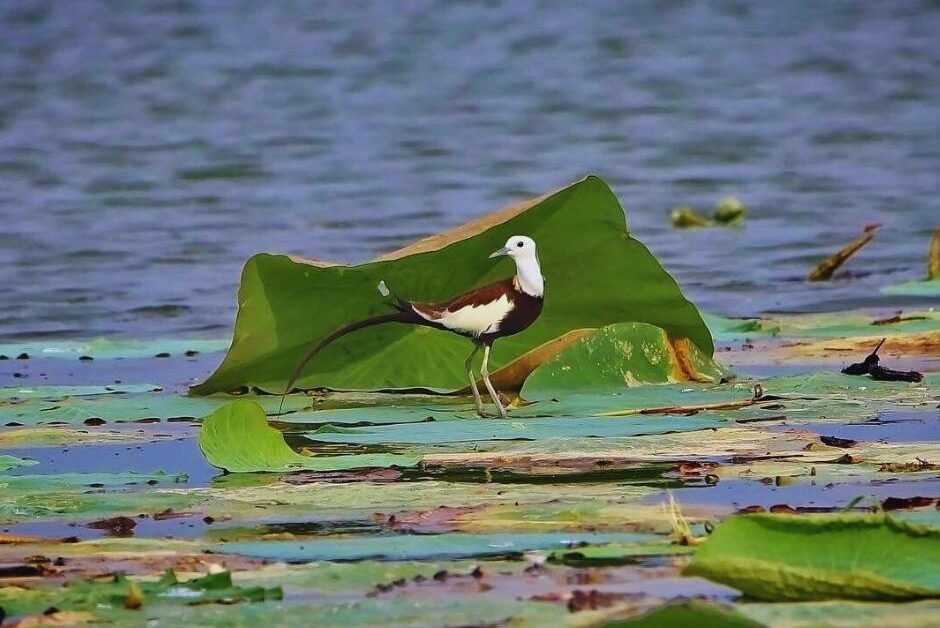
✔ The Lake slime and nutrient sediments have assembled an advantageous backdrop for the growth of reed beds, which deliver shelter to many endangered species.
✔ The formulated land surrounding the reservoir also supplies a habitat for a considerable bird species. Even 18 fish species, nine herpetofauna, and six mammalian species have been documented in and around the Reservoir.
| Scientific Name of Bird | Common Name | Image With IUCN Status |
| Asian openbill | Anastomus oscitant |
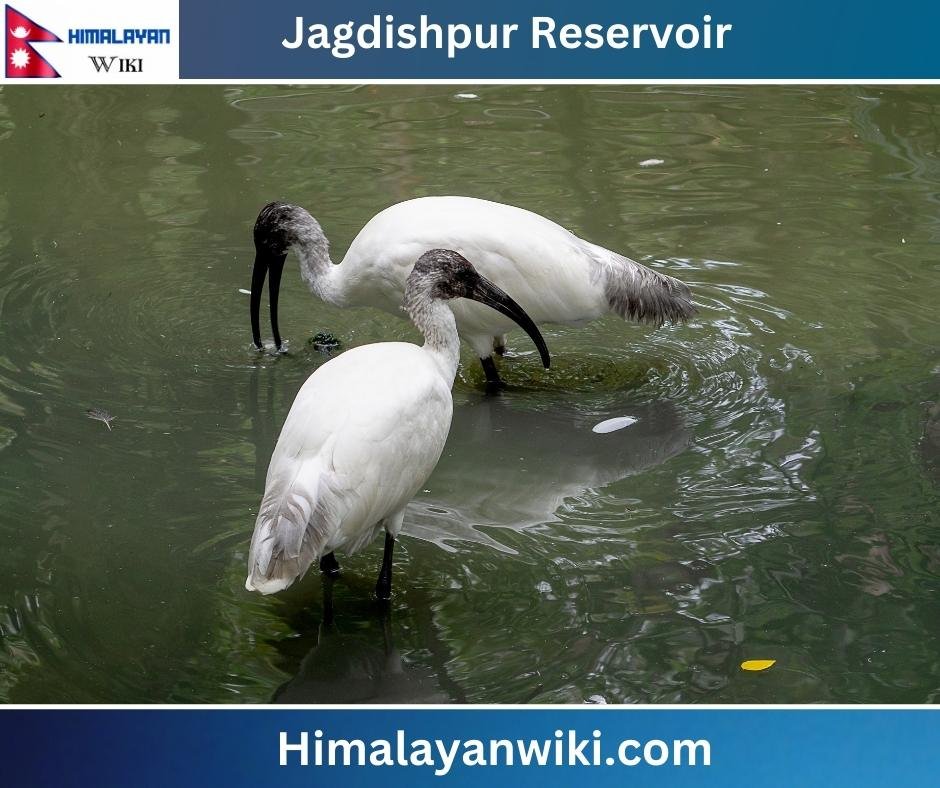 Least Concern |
| Black-winged kite | Elanus caeruleus |
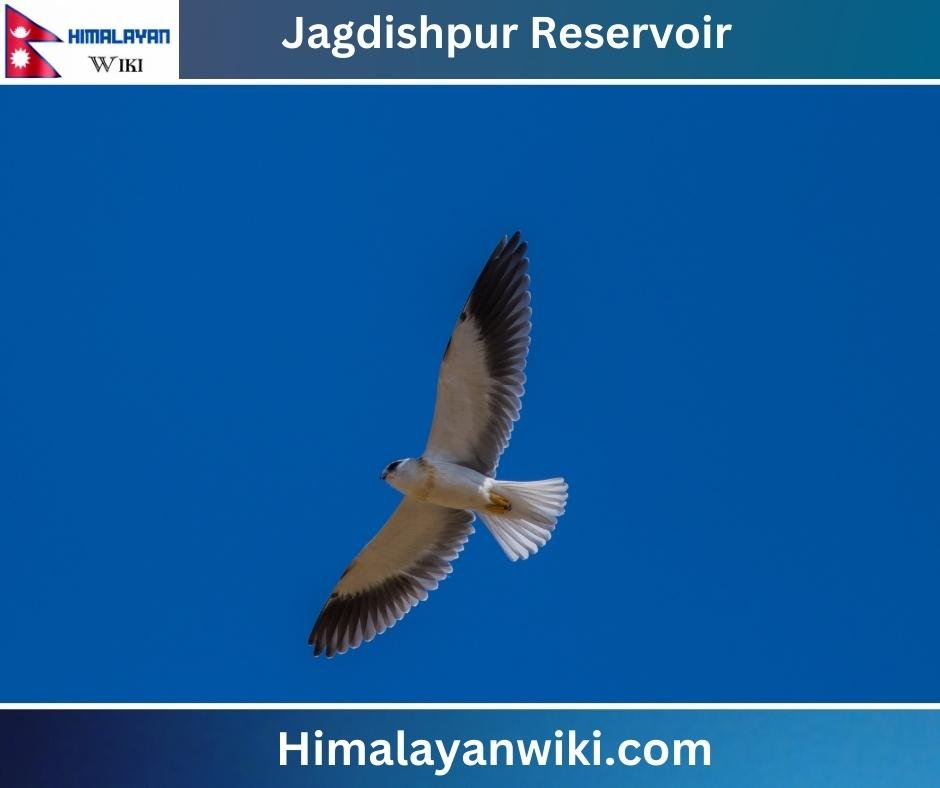 Least Concern |
| Egyptian vulture | Neophron percnopterus |
 Globally Threatened |
| Greater spotted eagle | Clanga clang |
 Globally Threatened |
| Indian spotted eagle | Clanga hasta |
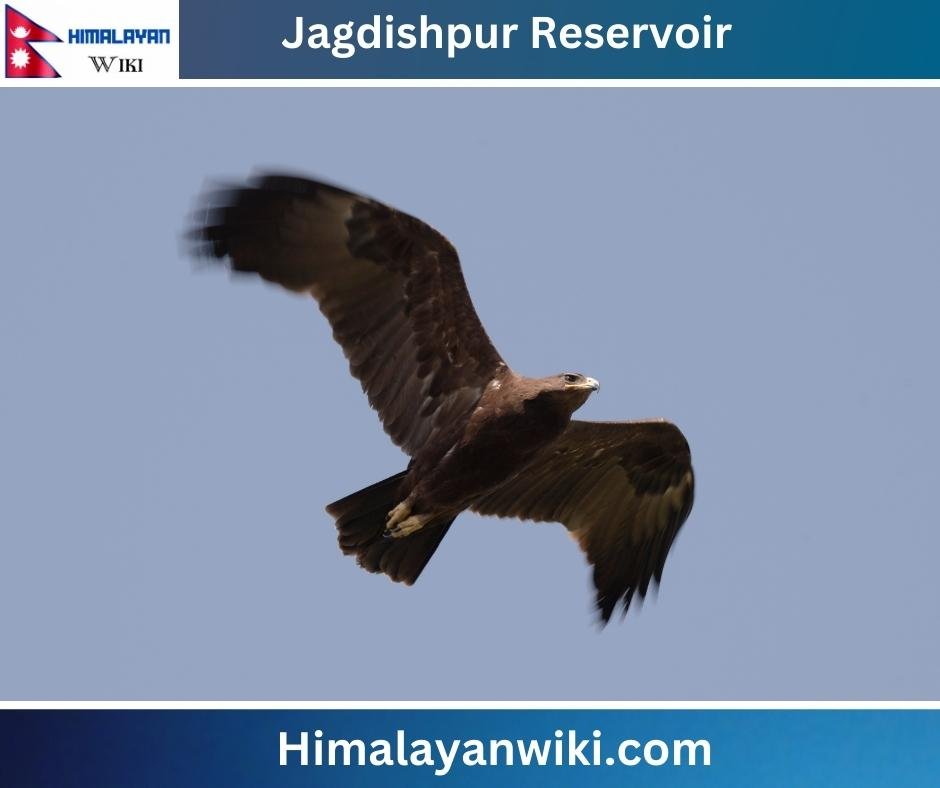 Globally Threatened |
| Lesser adjutant | Leptoptilos javanicus |
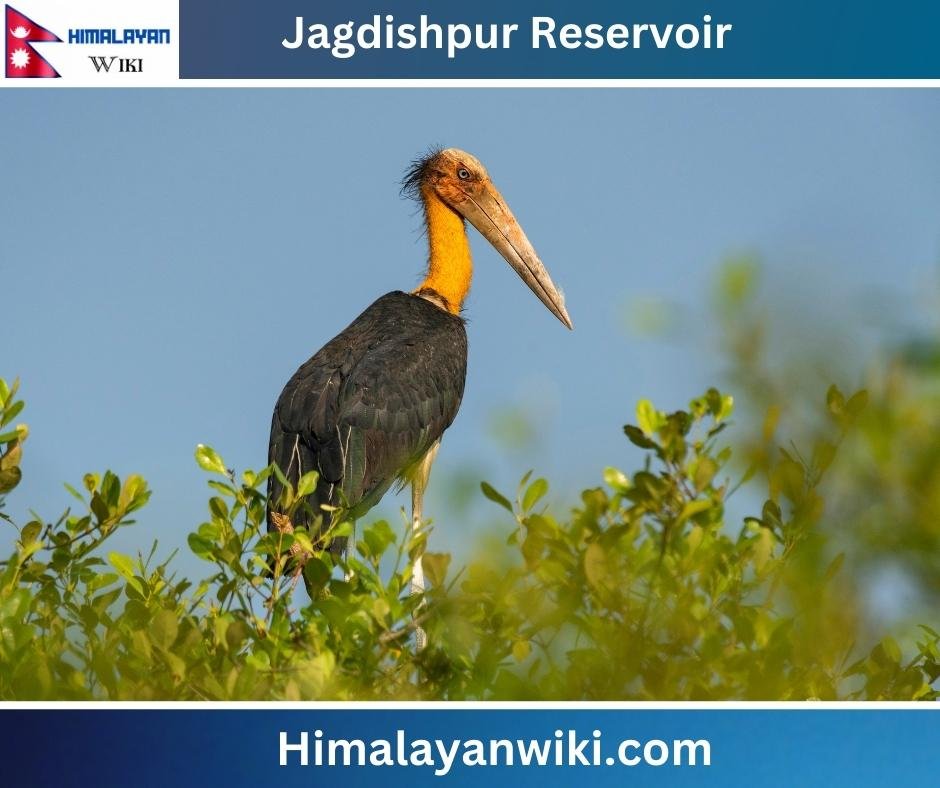 Globally Threatened |
| Long-tailed shrike | Lanius schach tricolor |
 Least Concern |
| Oriental darter | Anhinga melanogaster |
 Least Concern |
| Pied Kingfisher | Ceryle rudis |
 Least Concern |
| Red-wattled lapwing | Vanellus indicus |
 Least Concern |
| Ruddy kingfisher | Halcyon coromandel |
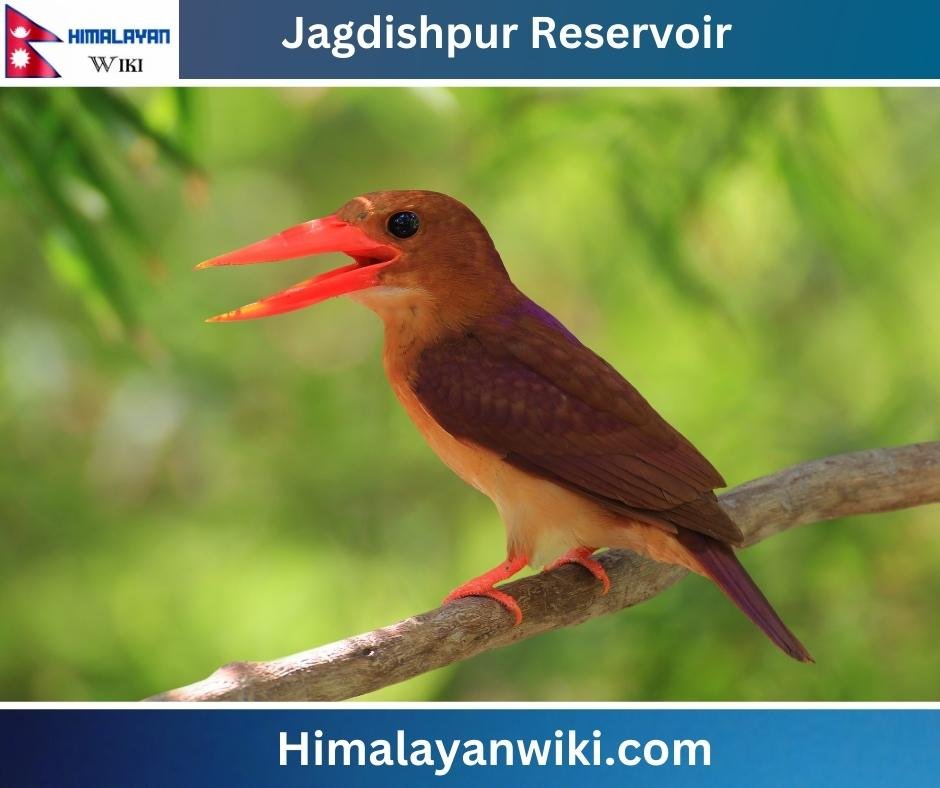 Least Concern |
| Sarus crane | Grus antigone |
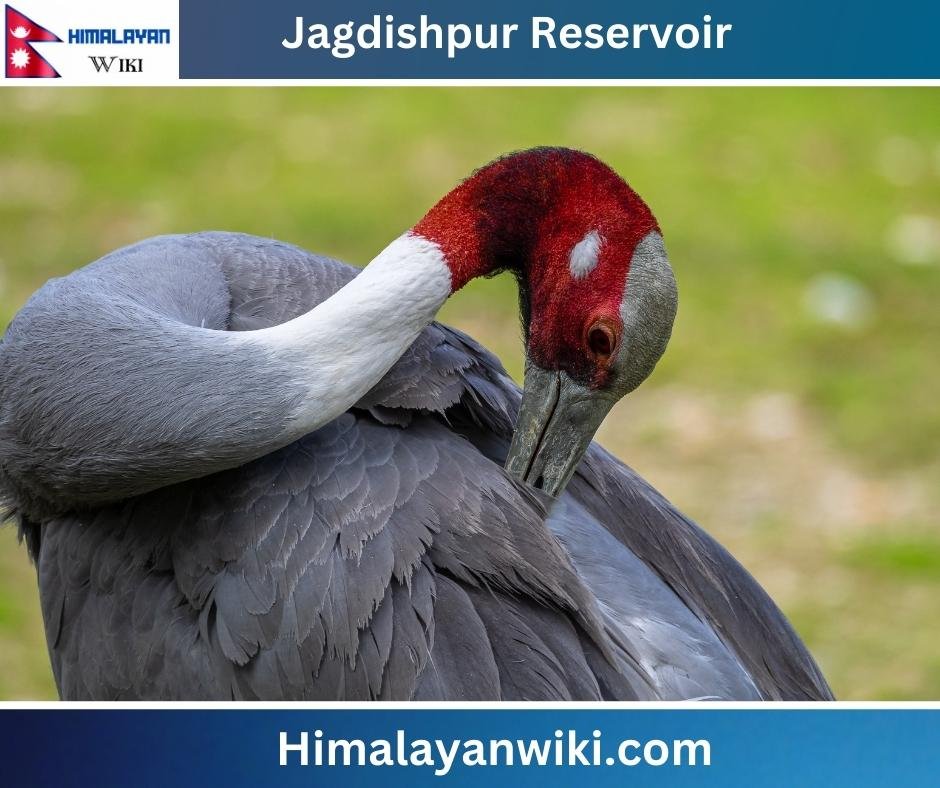 Globally Threatened |
| Slender-billed vulture | Gyps tenuirostris |
 Globally Threatened |
| Smooth-coated otter | Lutrogale perspicillata |
 Endangered |
| White-rumped vulture | Gyps bengalensis |
 Near Threatened |
| Woolly-necked stork | Ciconia episcopus |
 Globally Threatened |
Why do people visit Jagdishpur Reservoir?
# Panoramic views of birds
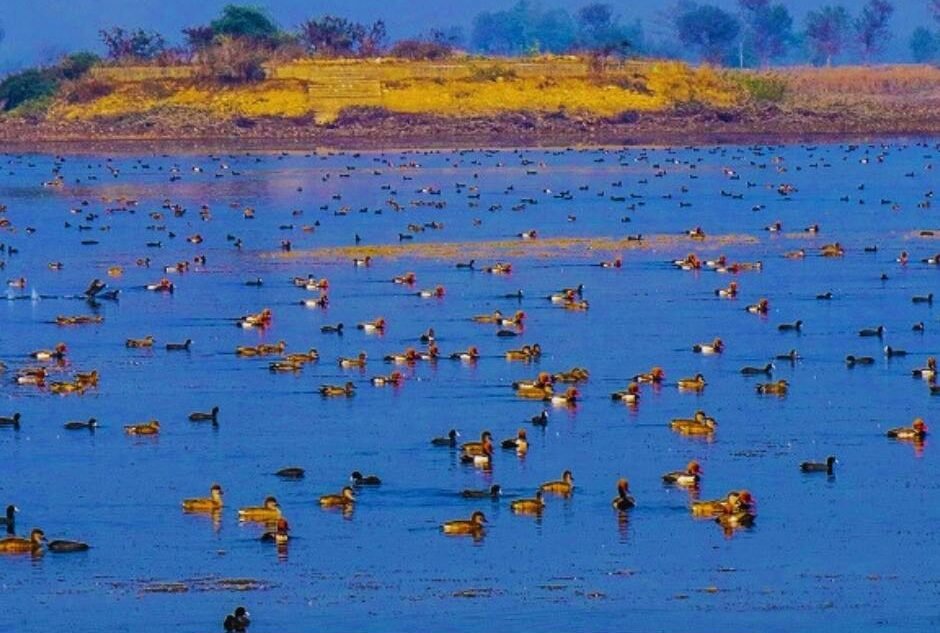
# Amazing Boating Facilities

# Attractive Lotus flowers
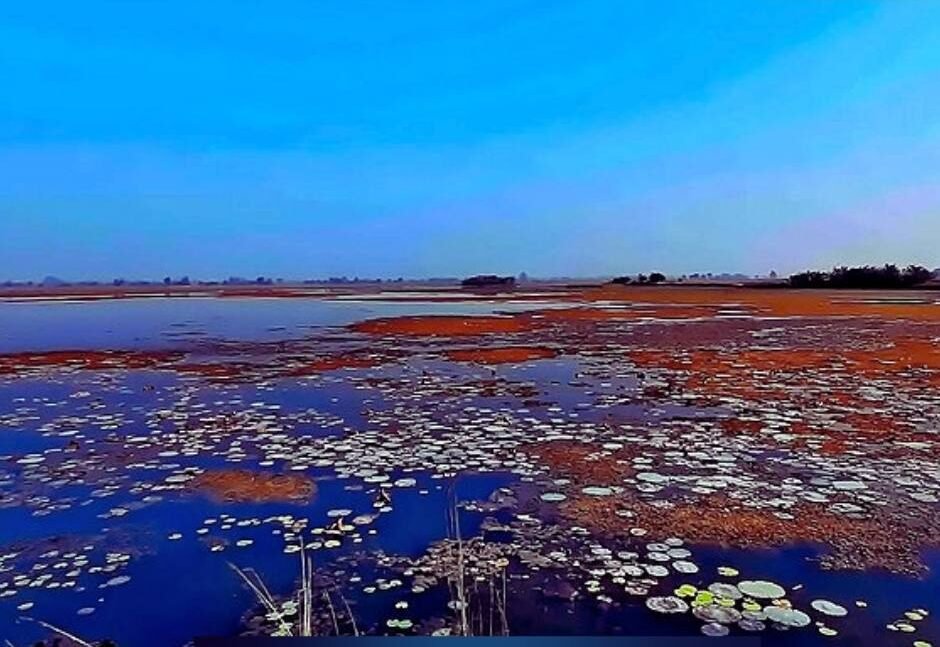
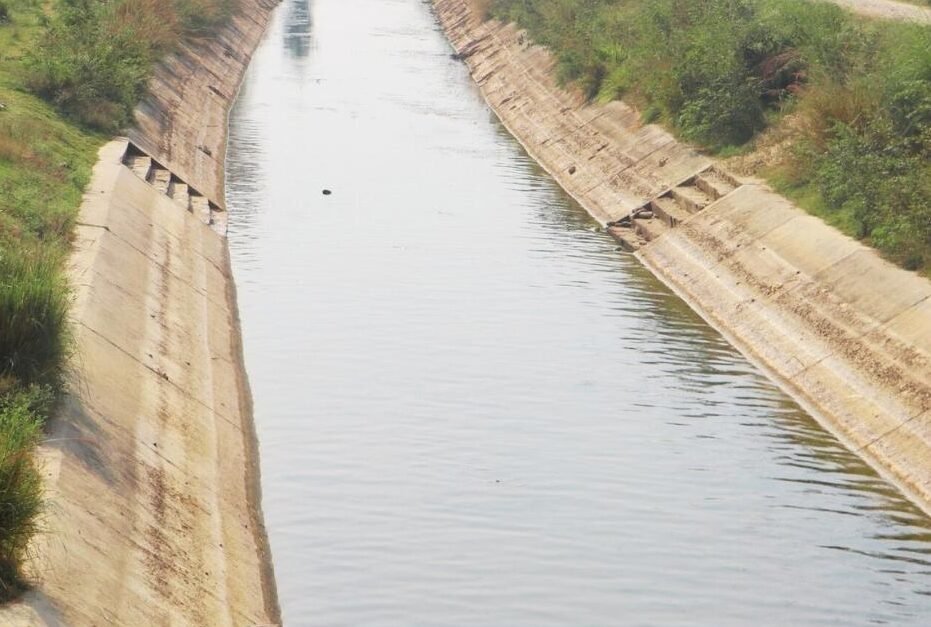
# Beautiful Views
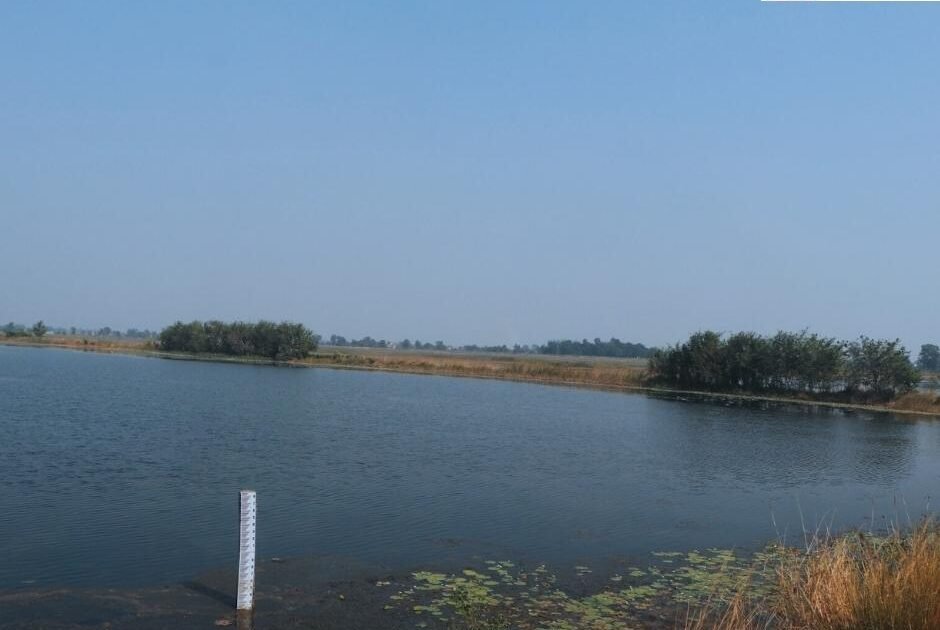
Why should we protect Jagdishpur Reservoir?
Jagdishpur reservoir is home to several endangered species of birds and plants. It also serves as a wetland that directly or indirectly helps in temperature control, irrigation and many more.
So we should protect this lake for birds, plants and ourselves.
|
This article is prepared through a site visit to Jagdishpur Reservoir. Data Collector: Bipana Kshetri Puri, Madhu Krishna Poudel Author: Bipana Kshetri Puri Editor & Verifier: Madhu Krishna Poudel |


